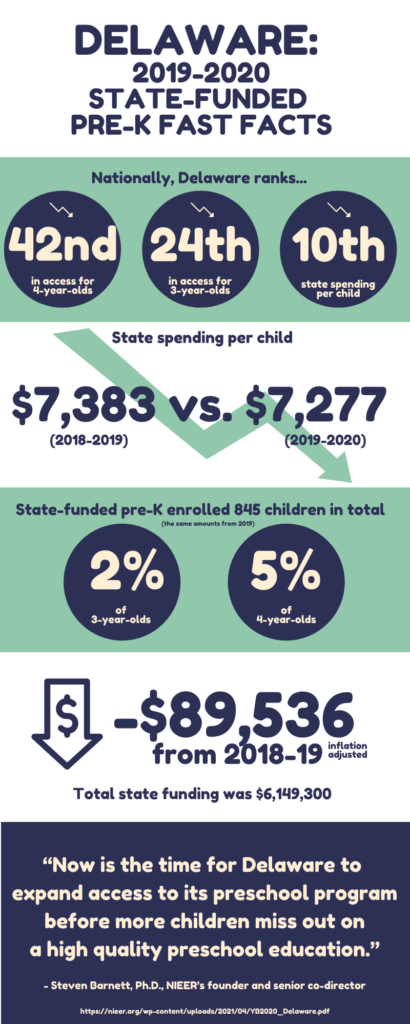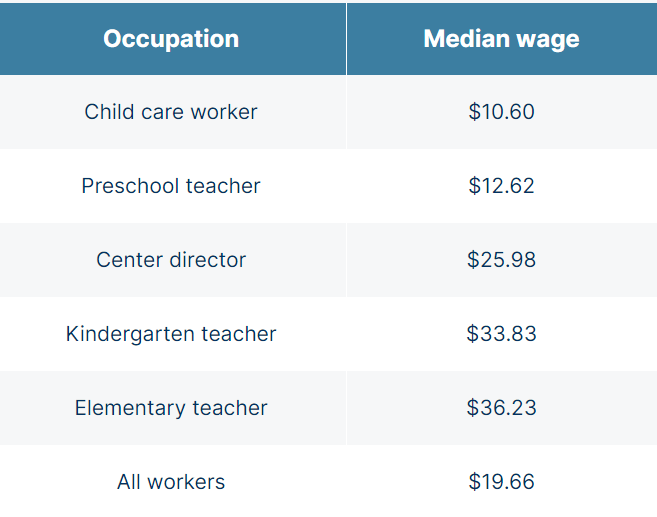-A new bill, SB133, aims to build upon “science of reading” approach to literacy by adopting requirements for teacher preparation in higher education.
-The science-backed research explains how the human mind acquires reading skills.
-Delaware’s newly released Literacy Plan includes science of reading.

The science of reading, or the body of science-backed research that explains how the human mind acquires reading skills, continues to reverberate in Dover and beyond. We covered the topic in March, when the Senate Education Committee hosted a panel of experts who discussed why the science of reading is important for classrooms today.
Fast forward to this week’s Senate Education Committee Meeting, the legislature will consider a bill, SB133, that would help officially incorporate the science of reading into Delaware schools. The proposed legislation would build on and strengthen the work underway, especially in teacher preparation, higher education, and in the state Literacy Plan.
What does the bill do?
The bill essentially centers on two proposals: (1) ensure teacher preparation programs in Delaware teach reading instruction rooted in the science of reading, and (2) require a certain number of professional development hours for higher education faculty who teach literacy be in evidence-based reading instruction. Preparation programs would be required to embed the science of reading for early learning, elementary school, and special education teachers and reading specialists. This change would take effect starting with teacher preparation programs being approved by the state in July 2023 or later.
What have other states done?
Over the past decade, many states have taken action to ensure that literacy instruction is rooted in the core tenets of evidence-based reading. According to the Council of Chief State School Officers, 17 states have laws that address the science of reading.
Thirty-two states (including Delaware) have policies that address the science of reading in teacher preparation programs.
Why does this matter?
Currently, Delaware mandates teacher preparation program curriculum to include research and evidence-based instructional practices and components of literacy (like phonemic awareness, phonics, and vocabulary). But the mandate remains general and does not specify other parameters for literacy instruction. SB133 would help to take the state one step further by specifying parameters to include in instruction.
The Delaware Department of Education’s Literacy Plan recognizes that Delaware has literacy challenges. Only 36 percent of Delaware’s fourth grade students scored proficient or advanced on the reading portion of NAEP in 2019, the only national standardized assessment of students. On Delaware’s standardized assessment, the Smarter Balanced Assessment, only 51 percent of third graders score at or above grade level in English Language Arts, with gaps in achievement among racial and socioeconomic subgroups.
The state literacy plan focuses on four core strategic intents: standards-aligned instruction, using high-quality instructional materials, enhancing early literacy instruction, and supporting educators in their teacher preparation. The DOE has been working with districts and charters to adopt high-quality instructional materials aligned with the science of reading—and with the University of Delaware to develop professional learning and microcredentials for educators.
The plan provides a framework to address Delaware’s literacy challenges, but does not address underlying policies. SB133 builds on the core area of teacher preparation outlined in this plan and provides a policy solution that could help propel the state forward in literacy.
What’s Next?
SB133 is a step in the right direction to begin a broader discussion on state policies to strengthen early literacy. Other states have adopted requirements for licensure and certification exams. Twenty states, including Maryland, require pre-service teachers to take a certification exam specifically grounded in the science of reading. Delaware does not. Other states have created mandatory requirements for professional development and coaching; Delaware does not.
We look forward to the State Board’s report on literacy requirements and best practices in other states, which will help inform regulatory and policy changes, expected in July.
To support these efforts, sign up for updates from the Senate Education Committee and tell your legislator to support SB133.




